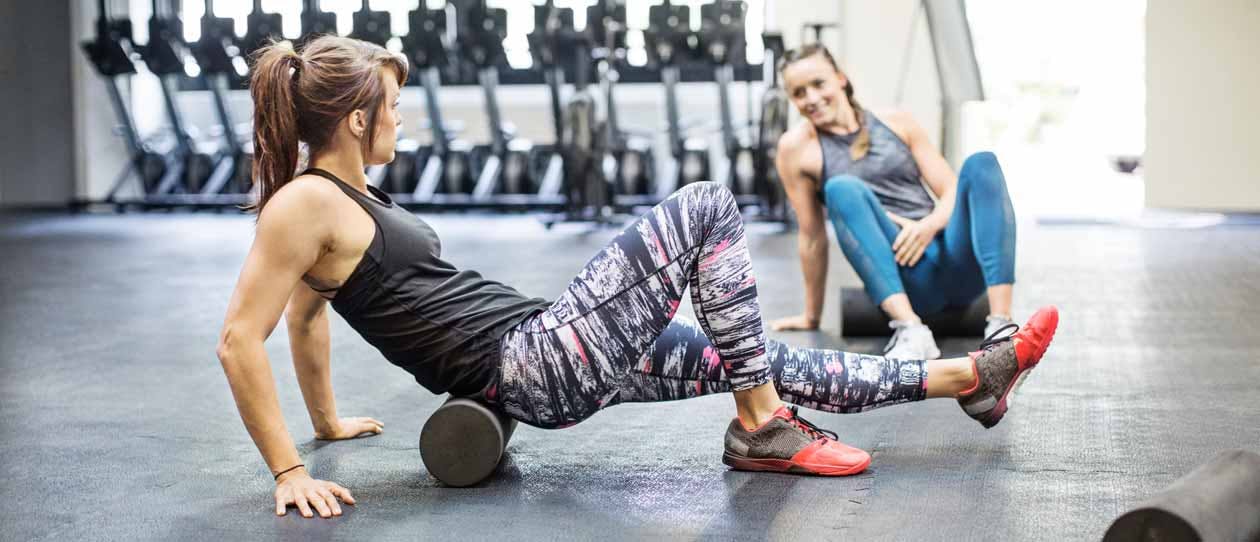What is foam rolling?
Foam rolling is a form of self-therapy, and its benefits are thought to include:
- Reduced muscle soreness
- Relief of joint stress
- Improved neuro-muscular efficiency
- Improved range of motion (ROM)
- Muscular imbalance correction
Foam rolling targets fascia, the soft tissue portion of your muscles, ligaments, organs and nerve fibres that provides protection and support. This is why foam rolling is also referred to as self-myofascial release (SMR).
It involves the use of a round, partially soft tool that you roll over, placing pressure and a stretch to the fascia on the targeted body part, which is thought to help the tissue become softer and more pliable.
Foam rolling is used to prevent injury, in rehabilitation, and as a recovery tool to help counteract the micro-trauma that takes place in your muscles during exercise.
This micro-trauma involves inflammation, swelling and calcium build up at a cellular level, and is thought to be the mechanism responsible for the pain you sometimes feel in the days after exercises. This is also known as
delayed onset muscles soreness (DOMS)
Does foam rolling work?
A
study< published in
Medicine & Science in Sports & Exercise examined the impact of foam rolling on post exercise muscle soreness and recovery.
Participants with experience lifting weights performed a series of fatiguing squats, and were then divided into a foam rolling group, and a control group (who performed no other exercise). The intervention group performed five different foam rolling exercises targeting the major muscle groups of the thigh and buttocks.
The researchers discovered that foam rolling was extremely effective at reducing muscle soreness. Subjects who didn't perform foam rolling reported substantially higher readings of muscles soreness.
Other recorded benefits included improved dynamic movement, improved muscle activation, and improved range of motion in comparison with the control group.
The researchers concluded that foam rolling is an effective tool in recovery after exercise.


